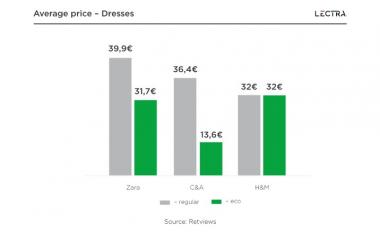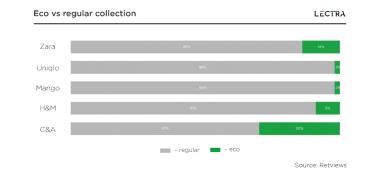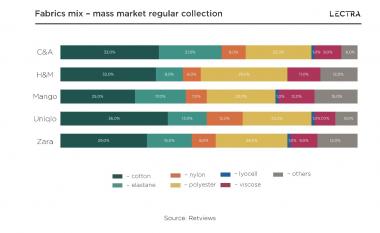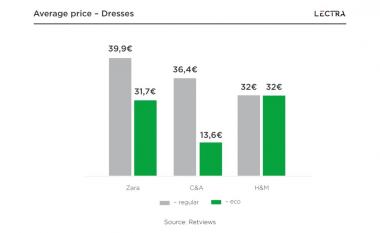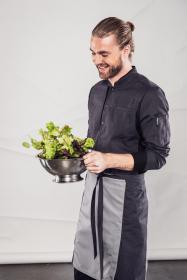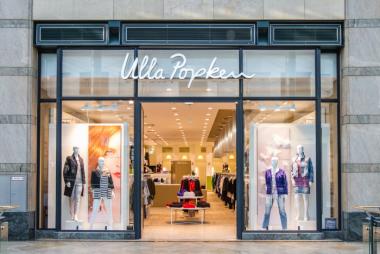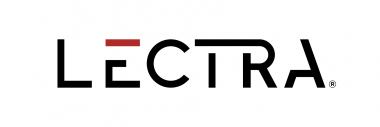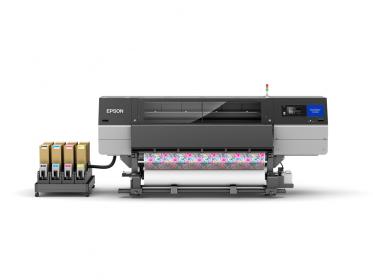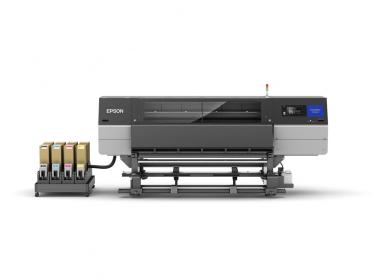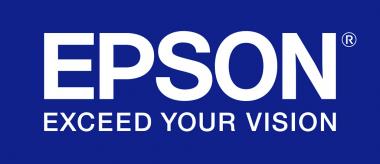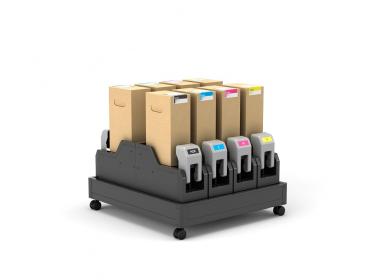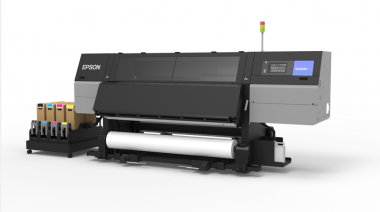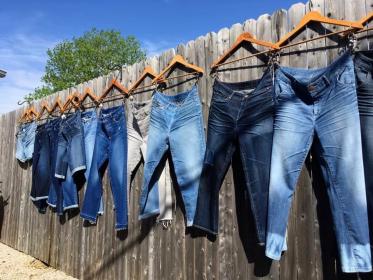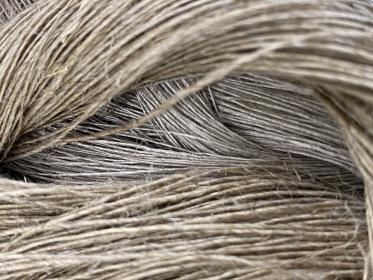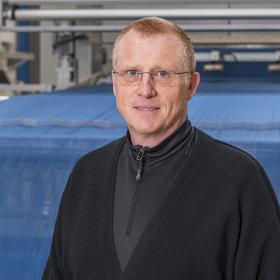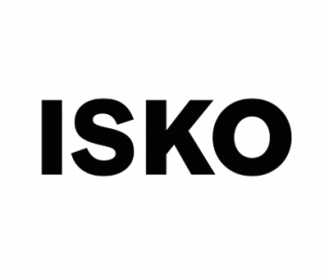Gerhard Alliger verstärkt Geschäftsleitung von SPEIDEL
Seit 1. Juli 2020 verstärkt Gerhard Alliger die Geschäftsleitung des Wäschehersteller SPEIDEL aus Bodelshausen (Baden-Württemberg). Das Familienunternehmen ist für hochwertige Wäsche aus nachhaltigen Materialien bekannt. Gemeinsam mit Günter Speidel und Engelbert Noll wird Gerhard Alliger das Unternehmen als weiterer Geschäftsführer mitgestalten.
Gerhard Alliger verfügt über eine langjährige Branchen-Expertise. Der 54-Jährige ist seit 11 Jahren im Textilbereich tätig, zuletzt als Geschäftsführer für den textilen Bereich der UVEX-Safety-Group. Erfahrung in der Branche Wäsche und Bademoden bringt er aus seiner Zeit bei Palm Beach Bademoden mit. „Ich freue mich sehr, das hervorragend geführte Familienunternehmen SPEIDEL in die Zukunft begleiten zu dürfen. Wir produzieren komplett in Europa. Unsere Stoffe stricken wir mit über 120 Rundstrickmaschinen sogar direkt hier am Standort in Bodelshausen. Das ist nachhaltig und zukunftsorientiert. Und es gibt uns vielfältige Möglichkeiten in der Entwicklung neuer Stoffe. Das sieht man auch in der neuen Frühjahr/Sommer-Kollektion 2021, die mich einfach begeistert“, freut sich Alliger über seine neue Position als Geschäftsführer bei SPEIDEL.
Alliger übernimmt als Geschäftsführer die Bereiche Vertrieb und Logistik von Günter Speidel, der weiterhin Produktion und Entwicklung verantwortet. Engelbert Noll komplettiert die Geschäftsleitung als CFO. Mit dieser Dreierspitze rüstet sich der Wäschespezialist für die Zukunft des Familienunternehmens. Die nächste Generation – mit Alissa Speidel im Design und Swenja Speidel im Marketing – gestaltet das Unternehmen bereits aktiv mit.
Panama PR GmbH






